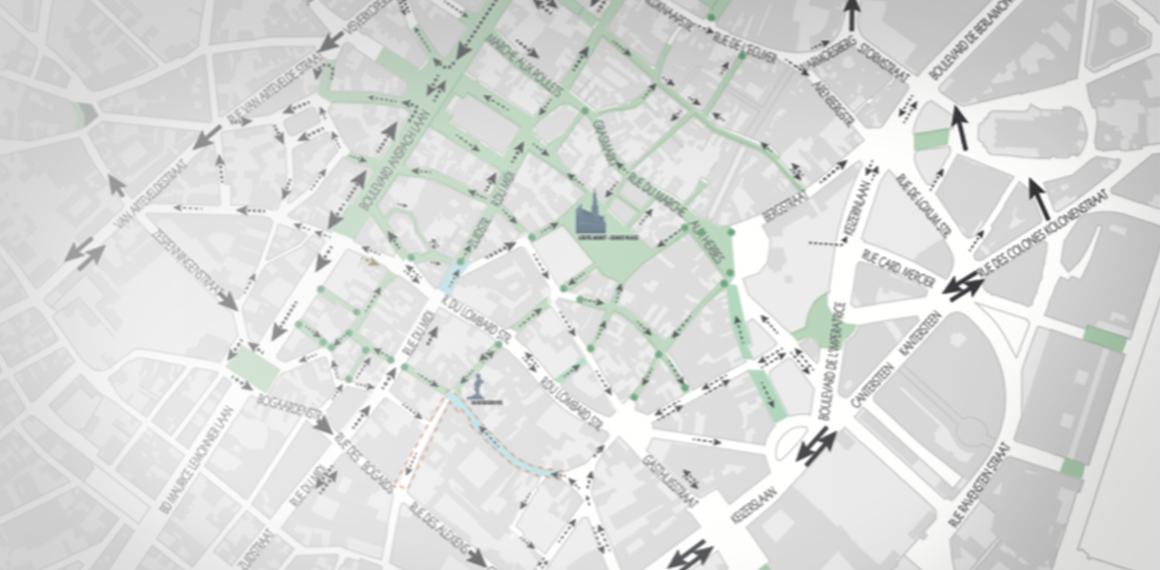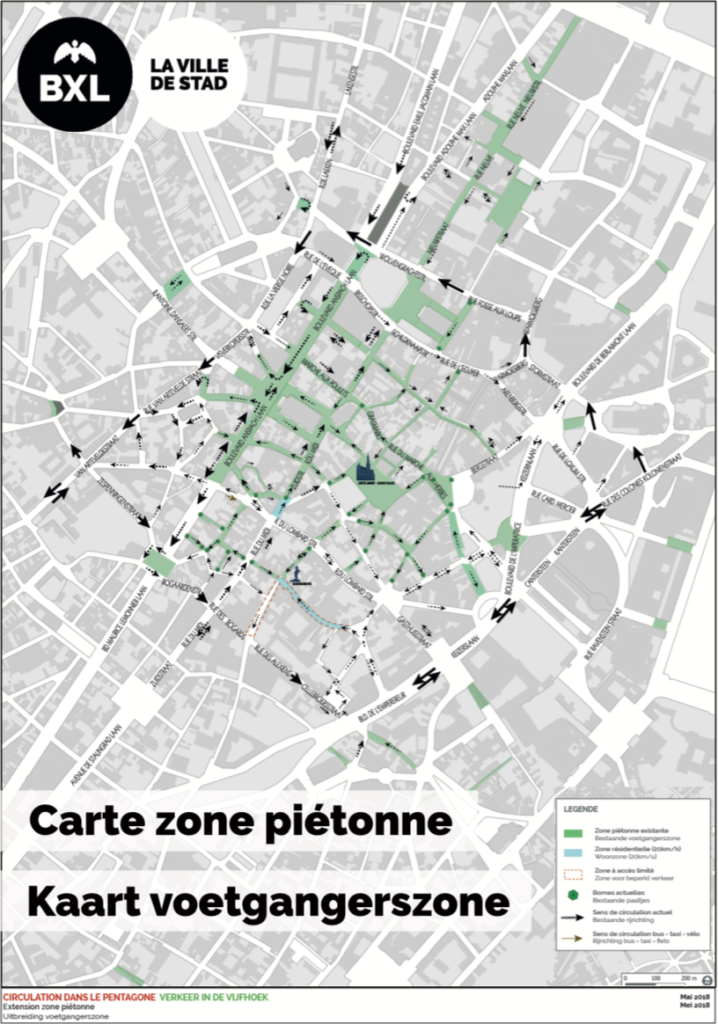
Context
Eurostat started a project to modernize the data collection by developing innovative and shareable solutions among countries and to contribute to the European platform for Trusted Smart Surveys.
Time Use Surveys are an excellent example to show how sensor data can improve the data quality and collection efficiency.
This trajectory starts with the inclusion of sensor-derived geolocation as example.
State of play
Time Use Surveys have a long standing tradition and are recognized by international organisations (EUROSTAT, UNSD, UNECE, IATUR, …) as a valid and reliable source to study how people and households spend their time.
TUS measure the amount of time people spend doing various activities, such as paid work, household and family care, personal care, voluntary work, social life, travel, and leisure activities. Today, time use results are used to support the SDGs with comparable input.
Quest for TUS
Traditionally, household members are asked to write down their activities in a paper diary. This process of data collection is seen as burdensome for both the respondent and the NSIs, turning into:
- Low response rates
- Large time investment from the respondent
- High data collection and processing costs for the NSIs
At the same time globalisation is changing our world and a new digital transformation is taking place, turning into:
- Quest to capture new activities, contexts and time use patterns
- Quest to improve the quality of the data collection, and much cheaper and faster
Trusted Smart TUS
To support national and regional policymaking new metrics are needed, enhancing new collection strategies that are intelligent and more interactive in the way society is measured.
Of key importance for Smart surveys is the interplay between active and passive registration, with the respondent as the central position:
- Smart survey: surveys that make use of smart devices like a smartphone, wearables, smartwatches, … and extract extra information from the behaviour of people
- Active registration: straight-away input of the respondent to a front-office application (web/mobile) portal
- Passive registration: inclusion of external sources of information (sensor, administrative databases, …) where the respondent does not have to do anything (but consent)
- Interplay: external input that supports the respondent task to register qualitative answers but the other way around to provide the means to the respondent to adjust and supplement the input from external sources
The next step is to let TUS benefit from the technological developments in order to support the data quality and to lower the time con respondents.
Geolocation project objective
A basic strategy in TUS is to record activities within a temporal, spatial and social context. The idea behind is the improved registration quality when respondents remember the context within which an activity took place.
The strategy is based upon a modern version of the Hägerstrand’s time-space diagram (also called a framework) where household members spend a day of time interacting with the place and social environment.
The objective is to visualise the places where the respondent or household members have been throughout the day and which modes of transport they have used.
Creation of a plugin
Development of a Cordova Background Geolocation plugin for iOS and Android, capturing passive data:
- longitude & latitude
- time stamp
- activity: still, walking, running, bicycle, vehicle
- extra information on the location via connection with external database (e.g. Foursquare)
Plug and play principle
Transmission of the plugin data to a plugin-server. The plugin server can be called by candidate platforms resulting in efficiency and productivity gains through collaboration in sharing tools and infrastructure.
Integration into MOTUS
A visualisation of the space-time diagram is provided to the respondent via a web and mobile application in such a way that the passive data input can be accepted, changed and/or supplemented in an active manner.
The interaction between the passive and active input leads to Trusted Insightful Smart TUS.














